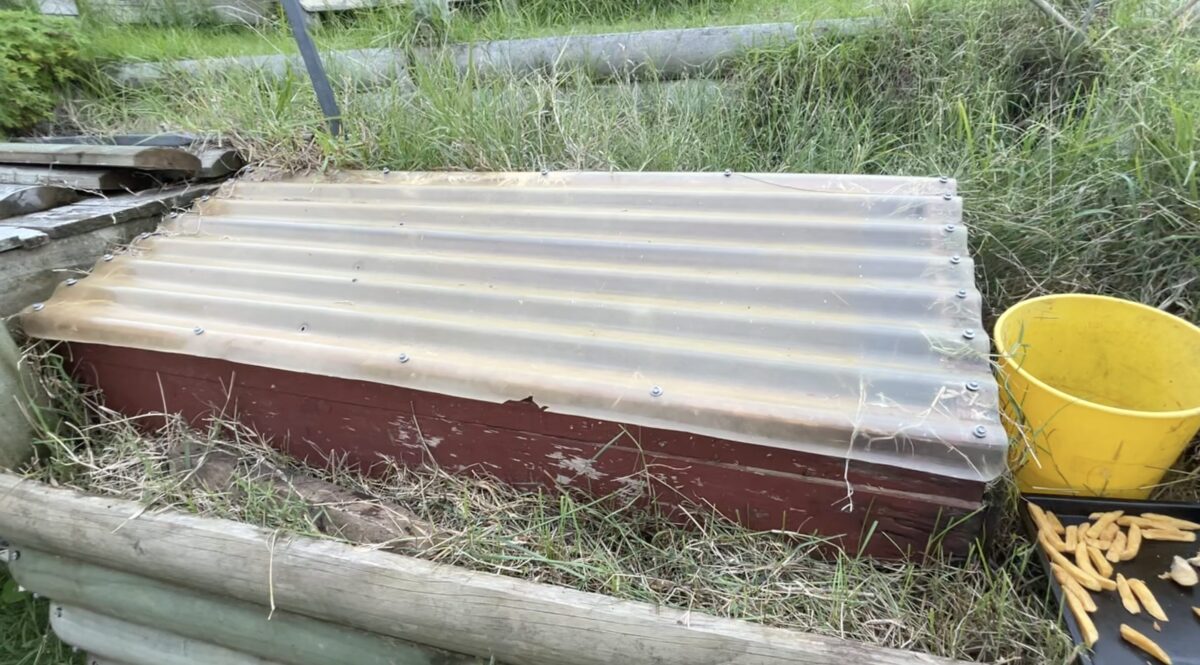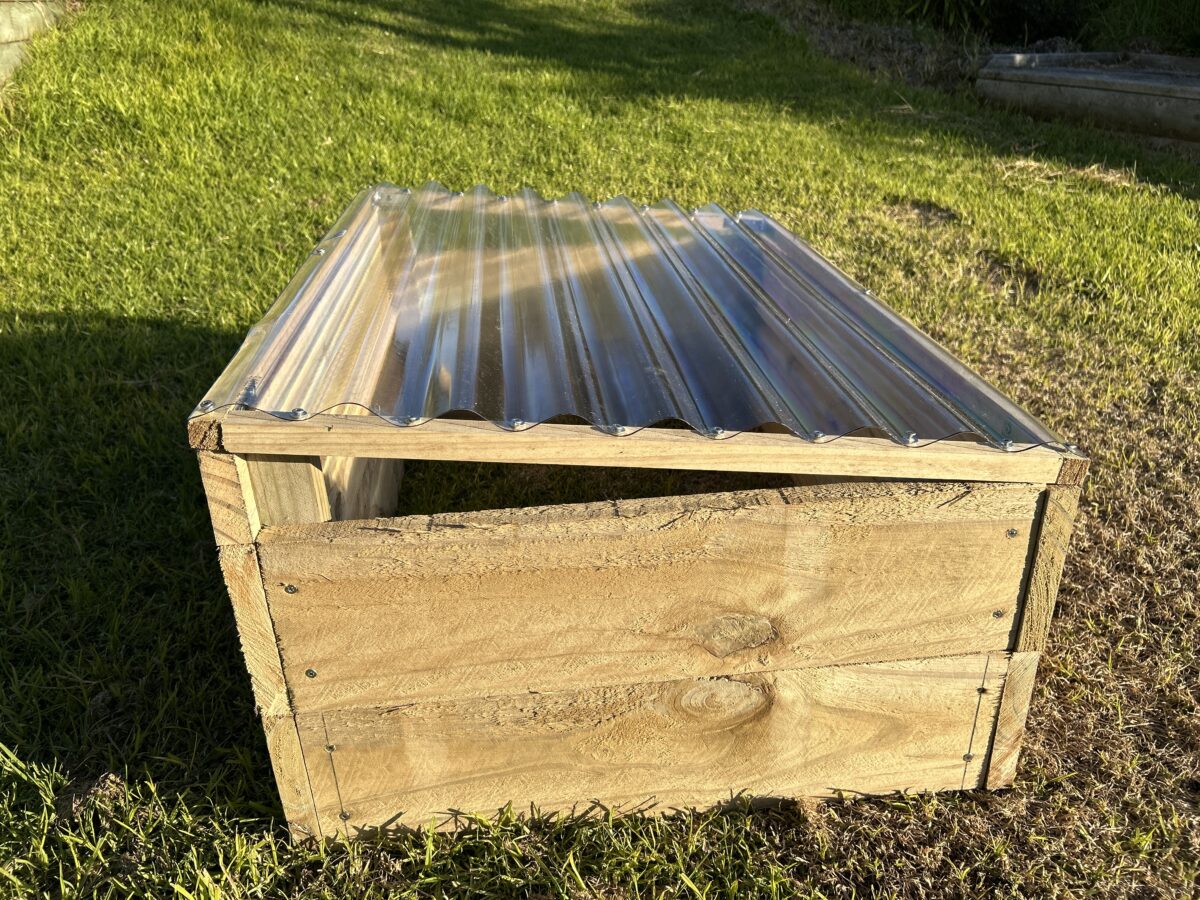Hi, I’m Mariko — a permaculturalist sharing my journey of “playing, living, working and learning” here in New Zealand!
I want to talk about food waste in New Zealand and introduce my recommended system: Kiero the Japanese food decomposing system.
Food Waste in New Zealand

What do you do with the food scraps from your home?
Surprisingly, many New Zealanders throw away leftovers from the same day instead of saving them for tomorrow.
Especially in a country where family gatherings, BBQs, parties and takeaways are common, huge amounts of food often end up in the bin untouched.
You might be thinking, “Really?” but this is a common sight here.
In 2025 in Wanganui, where I live, the council proposed a household food-waste collection service.It failed due to public opposition.
Most homes here are detached with gardens. People either compost themselves or feed scraps to chickens or pets. We also compost, so we didn’t see the need for another tax-funded scheme.
But looking at the numbers, it’s clear a lot of food waste still isn’t being returned to the soil.
That’s why I’m passionate about sharing Kiero with everyone.
Landfilling Is the Default
In New Zealand, most waste still goes straight to landfill.
Unlike Japan, there are almost no large-scale incinerators. Household, commercial and construction waste is simply buried.
The most problematic of all is household food waste.
According to a 2020 government survey, around 45% of household waste is food.
This shocked me — because at our house, thanks to composting and Kiero, we almost never throw food in the rubbish.
When food waste is landfilled, its high water content leads to methane emissions (a potent greenhouse gas), foul odours and leachate pollution.
And landfill space is running out.
The New Zealand government is reviewing its policies to achieve “zero waste.” Reducing food waste at home is the first step.
Why “Kiero” Now?

Kiero is a “food waste decomposer.” Black soil ( Garden soil ) is placed inside a box, and microorganisms break down food waste naturally through soil, sunlight, air and moisture.
- No running costs
- DIY friendly — you can even build the box yourself
- Easy for everyone to use
We’ve been using Kiero at home for 3–4 years. Its biggest advantage? The soil doesn’t increase. Microbes eat the food waste and it just disappears.
That means it’s perfect for homes without a vegetable garden. Because you don’t need to worry about using the soil like a normal compost bin.
And unlike compost bins or worm farms, you can put a wide variety of waste into Kiero:
- Dinner leftovers
- Soupy noodles
- Cooking oil and fat
- Citrus peels (earthworms hate them)
- Meat & fish scraps
- Mold cheese
You name it!
The Japanese Story Behind Kiero
Kiero was created by Mr. and Mrs Matsumoto couple in Hayama, Kanagawa.
Concerned about the hidden environmental costs of mass consumption, they searched for a simple, low-odor, insect-free composting method.
“Kiero” means “disappear” in Japanese — food waste disappears through the power of microbes.
No special additives are needed; just a simple soil-filled box.
I felt that this “everyday Japanese invention” could resonate in New Zealand, a nation that loves DIY solutions.
This Link will be auto translate in English through Google translation.

Take Small Steps
Methane from landfilled food waste contributes to climate change.
Reducing food waste is one of the simplest actions we can take at home.
Kiero is a small Japanese idea with big potential for New Zealand.
We’re starting right here in Wanganui.
Kia ZERO activities have just begun.
JEEM is now offering the Kia ZERO food-waste bin inspired by Kiero — just add soil at home!
Please feel free to contact us using the inquiry form.

